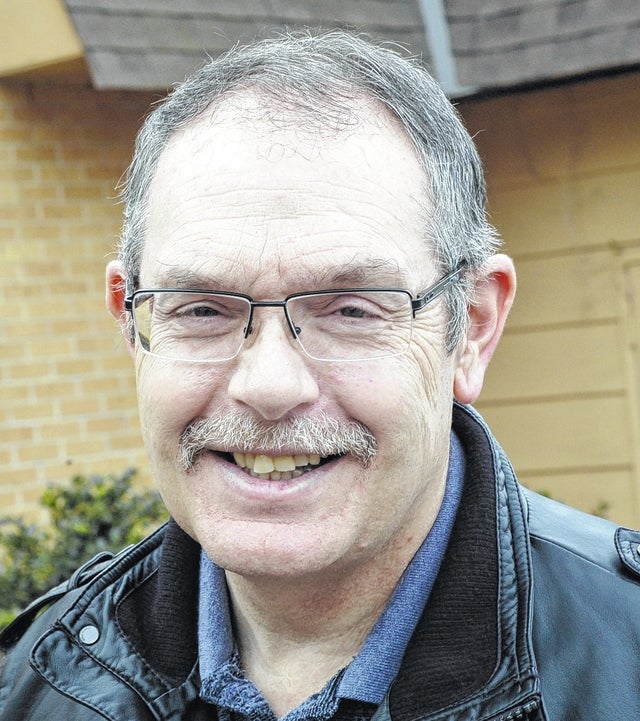Troup County Extension agent: Thinking about fall gardening, lawn care
Published 12:00 am Friday, August 14, 2015

Believe it or not, it’s about time to start planning for fall.
The weeks of 90-plus weather has been pretty tough on most gardens. As the vegetable garden starts to peter out, pull up all the plants that have been harvested. It prevents a build up of insects and diseases.
Aug. 15 should be the last date to plant snap beans and Irish potatoes. You can be sprouting seedlings two to three weeks prior to planting. Cucumbers and squash resistant to downy mildew should be planted before Aug. 31.
For other vegetables you should calculate the planting dates by subtracting from the average first frost date for our area, which is Nov. 5, the days to maturity and adding 18 days or so for harvest. For example if the days to maturity are 55, add 18 and subtract 73 days from Nov. 5. You should plant around Aug. 24.
Cool season plants such as broccoli, cabbage, cauliflower, collards, kale and onions can be started in half-shaded areas outside for setting out in September. Prepare the garden soil by incorporating fertilizer and reducing weed pressure.
The fall rains will help settle the soil and make it easier to germinate. If watering is necessary to get a stand, apply water in the furrow and then cover. Use a starter fertilizer for transplants. If it’s a water-soluble liquid fertilizer, cut the rate in half according to Bob Westerfield, UGA horticulturalist at Griffin.
Mulch your plants as well to reduce fall weed germination. It’s also a good time to add material to the compost pile. Clean up all the edges and weeds around the garden before they go to seed.
The first step in controlling weeds is to reduce the seed population in the soil. Preventing weeds from going to seed does that.
Soil sampling is another task that is essential for having a successful garden. How do you know how much fertilizer is needed? Soil sampling will tell you.
The limiting factor is usually the pH of the soil, which measures the acidity or alkalinity of the soil. If the soil is either too acidic or alkaline, the fertilizer will not be available to the plants. Adding limestone raises the pH.
Dolomitic limestone should always be used because it provides both calcium and magnesium. By applying limestone in the fall, it allows it be activated for spring crops. It takes about six months to activate.
The cost of a soil test is $9. Soil test bags are available at the Troup County Extension Office.
Controlling winter annual weeds in warm season grasses by applying pre-emergence herbicides should be done between Sept. 1 and Sept. 15. Warm season grasses are centipedegrass, St. Augustine, zoysiagrass and bermudagrass.
Many of these herbicides have specific directions that must be followed. Do not use any that contain nitrogen fertilizers, the “weed and feed” variety. Those are designed for cool season grasses such a tall fescue. Using a nitrogen fertilizer in the fall may promote disease as well as winter kill.
What’s going on in Extension?
Market on Main begins Saturday mornings from 8 to 10 a.m.. Come by and enjoy the pick of the day. Carmike Cinemas LaGrange 10 movie theater parking lot at East Depot and Main streets.
Aug. 18: Troup County Cattleman: Forages and Nutrition; Dr. Kim Mullinex, guest speaker, 7 p.m. Tuesday; program will start at 7:30 p.m. The $6 meal will be served at 7 p.m. Ag Center.
If you have any questions or concerns, stop by or call the office.


